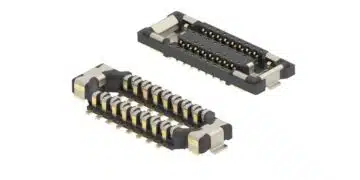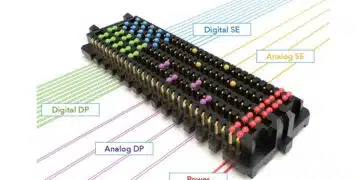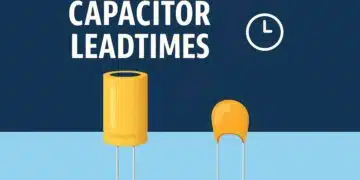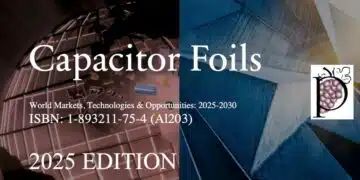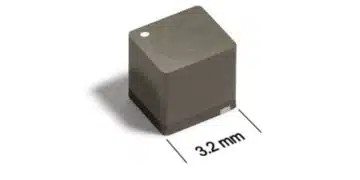As many as 80% of surges are caused by facility equipment being turned on or off. Littelfuse’s SPD2 series of Type 2 surge protection devices have a maximum discharge current rating of up to 50 kiloamps for those larger, single-occurring surges and a nominal discharge current rating of up to 20 kiloamps for those more routine surges.
They come in a variety of voltage ratings, including options for photovoltaic systems and are thermally protected to eliminate catastrophic failure. The devices have a compact footprint for panel design flexibility.
They feature a pluggable module for easy replacement and a visual life indicator to avoid loss of protection. The modules are coded by type and voltage rating to prevent plugging the wrong module into the base. The SPD2 series is UL recognized and VDE-IEC compliant, allowing a single part number to be used globally.
- Maximum discharge current up to 50 kA
- Nominal discharge current up to 20 kA
- Wide voltage range (75 Vac to 750 Vac, 1100 Vdc, 1500 V dc)
- DIN-rail mounted with a compact footprint
- Pluggable module with visual life indicator
- UL Recognized and VDE-IEC compliant in single part number for global use





